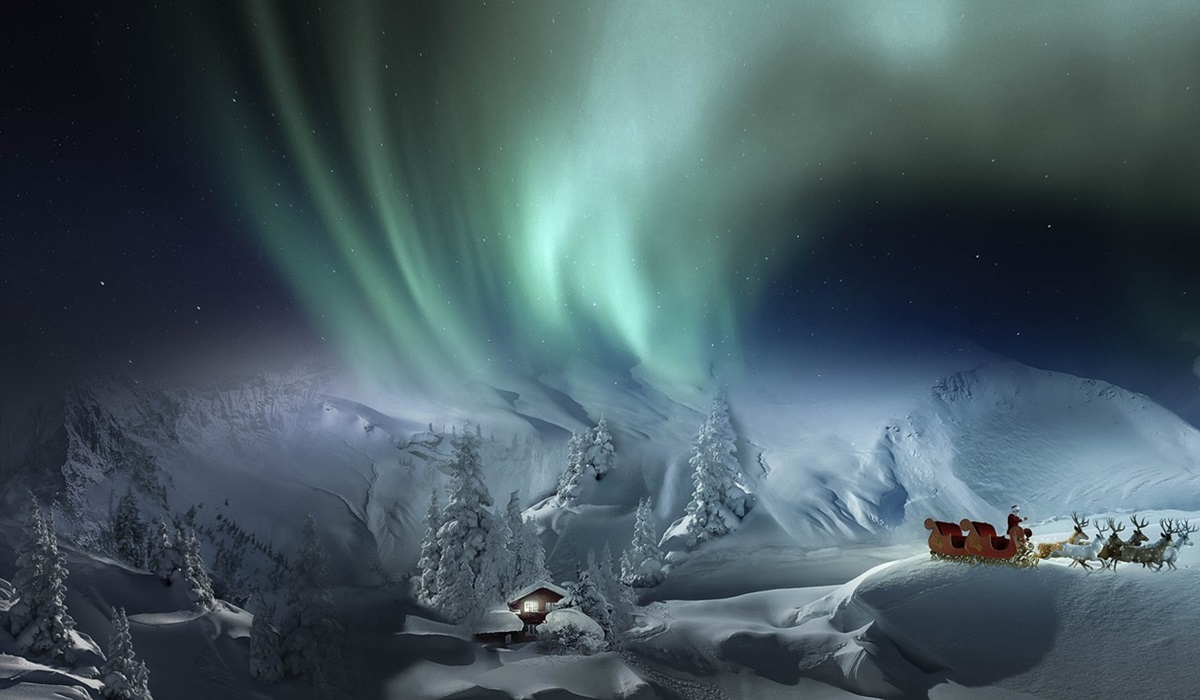The Reality of Santa Claus: When Myth Becomes Magic
- Kingston Bailey
- D.O.C Supplements - Trending News
- December 25, 2024

Image Credit, Enrique Nezz
Santa Claus exists in the space between myth and reality, a figure who transcends logic but continues to shape the world in very tangible ways. The man in the red suit may not physically fly down chimneys or live at the North Pole with an army of toy-making elves, but the spirit he represents—generosity, wonder, and the magic of belief—manifests in countless homes every December.
The origins of Santa Claus trace back to Saint Nicholas, a 4th-century Greek bishop known for his secret gift-giving. Over centuries, this historical figure blended with Norse mythology, Dutch traditions of “Sinterklaas,” and Victorian imagination to become the Santa we recognize today. His modern image, solidified by 19th and 20th-century American advertisements and stories, turned him into the rosy-cheeked, jolly figure driving a sleigh led by reindeer. But while companies like Coca-Cola helped refine his aesthetic, the deeper essence of Santa is rooted in an ancient human desire to believe in the extraordinary.
Children believe in Santa because, for a time, the world feels more magical through him. Parents and communities become the vessels for his existence, leaving gifts under the tree or organizing charity drives in his name. This collective effort breathes life into the character year after year, making him “real” by definition—because his impact is real. When children wake up to find that bicycle they dreamed about or hear the story of a neighbor anonymously paying off layaway gifts, the line between fantasy and reality blurs.
Reconciling with Santa’s impossibilities is a part of growing up, but even as children learn the mechanics behind the myth, many continue to cherish the idea. The point isn’t to focus on whether Santa can truly visit millions of homes in one night. It’s to embrace the generosity and love that drive the tradition forward. Some parents choose never to outright say “Santa isn’t real.” Instead, they frame it as a shift—Santa becomes everyone who helps spread joy.
If we define reality by influence and legacy, then Santa Claus is as real as anything else. His physical form may be conjured by a mall worker in a red suit or a parent staying up late to eat the cookies left out by the fireplace. But his essence—hope, kindness, and the magic of belief—remains unshakable. Santa Claus exists because the world needs him to, and as long as that need endures, the legend will continue.








